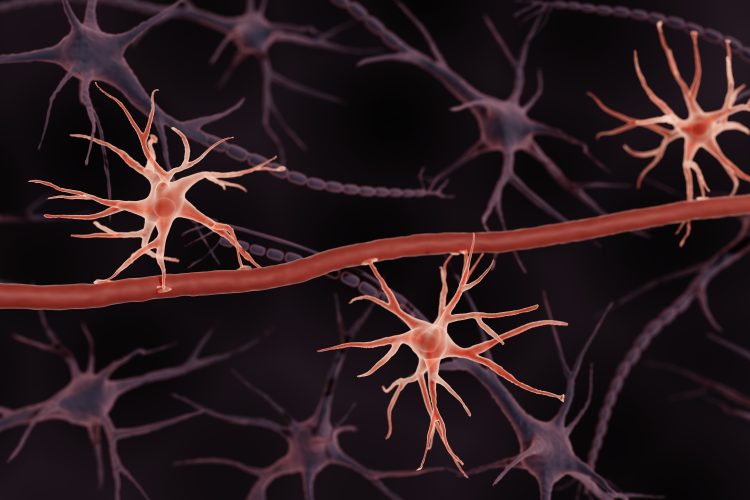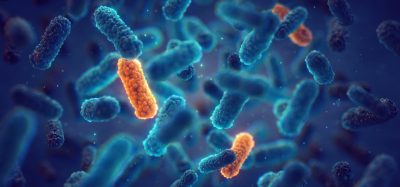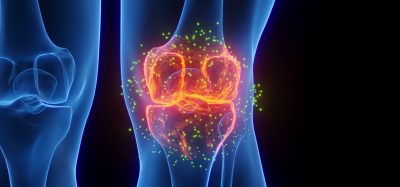Slc4a4 restores normal brain function after ischemic stroke
Posted: 20 May 2024 | Drug Target Review | No comments yet
Researchers have elucidated how Slc4a4 governs astrocyte-endothelial cell interaction in blood-brain barrier maintenance and repair.


The discovery that an ion transporter protein that regulates the pH of astrocytes can repair the blood-brain barrier (BBB) and restore normal brain function following ischaemic stroke has been made by scientists at Baylor College of Medicine, Texas Children’s Hospital, The University of Texas Health Science Center, University of Colorado School of Medicine, and University of Rhode Island. This research is the first to show new and specific therapeutic targets for ischaemic stroke and associated brain conditions that have no current treatment.
Globally, ischemic stroke affects 15 million people each year and is a leading cause of death and disability. Understanding the BBB is crucial to develop strategies to repair it. Dr Hyun Kyoung Lee, associate professor at Baylor, investigator at the Jan and Dan Duncan Neurological Research Institute at Texas Children’s Hospital, and a Cynthia and Anthony G. Petrello Endowed Scholar in Neurological Research, explained: “Disruption of blood-brain barrier integrity is a pathophysiological hallmark of stroke and several devastating neurological disorders…A damaged blood-brain barrier often leads to severe consequences such as brain oedema, neuronal damage, and eventually, motor and cognitive deficits.”
Astrocytes’ effect on pH
Although endothelial cells form the core of the BBB, new evidence suggests astrocytes, the most abundant and diverse type of support cells in the central nervous system (CNS), play a critical role in maintaining the integrity of this structure.
A strict balance of pH within the brain cells and their surrounding environment is also essential for optimal brain function. Dysregulation of pH homeostasis in the brain is frequently connected to a range of neurological conditions. A substantial reduction in pH is linked to ischemic stroke injury, and this study elucidated for the first time the exact reason for this alteration and the part of astrocytes in this process.
Past research has shown that a sodium-carbonate cotransporter 1 (Slc4a4), which is enriched in astrocytes, is responsible for transporting acid-base ions across the cell membrane in a bidirectional manner to regulate both intra- and extracellular pH in response to internal and external stimuli. Furthermore, patients with Slc4a4 variants have been associated with many brain disorders, including ischemic stroke.
Mouse models
The team at Duncan NRI created a conditional mouse model of Slc4a4 to assess the biological role of Slc4a4. With this model, they could specifically delete the expression of this gene in the brain astrocytes during development and in adult mice.
Deleting Slc4a4 from astrocytes changed their structure and function. “We found that the brain vasculature was altered in the absence of astrocytic Slc4a4 – there was >40 percent increase in the diameter of the blood vessels in the brain, a three-fold increase in the number of small molecules that were able to infiltrate the brain along with the loss of junctional markers – which together provided compelling evidence that the blood-brain barrier was disrupted in the absence of astrocytic Slc4a4 in these mice,” Dr Qi Ye, lead author and postdoctoral fellow in the Lee lab said.
The researchers used a cortical photothrombotic stroke model is Slc4a4 animal models to assess if astrocytic Slc4a4 was important for remodelling the BBB following ischemic stroke. This model closely mimics the size, location, as well as reactive gliosis.
They observed, using multi-omics analyses, that loss of astrocytic Slc4a4 increased the secretion of a CCL2 which activated the CCR2 receptor on the nearby endothelial cells to increase permeability, damaging the BBB and increasing leakage between the two cell types. This breakdown of the BBB was mediated by increased levels of arginine and nitrous oxide caused by alterations in astrocytic pH levels.
“By revealing the precise mechanism and key players involved in the breakdown of the blood-brain barrier after stroke, this study has opened potential new avenues to treat ischemic stroke and several associated brain pathologies,” Dr Lee concluded. “It is promising that key players identified in this pathway – the Slc4a4 transporter protein, the CCL2-CCR2 axis as well the metabolites – are ‘druggable’ and can be developed into potential therapeutic targets.”
This study was published in Cell Reports.
Related topics
Central Nervous System (CNS), Drug Targets, Neurosciences
Related conditions
Ischemic stroke








